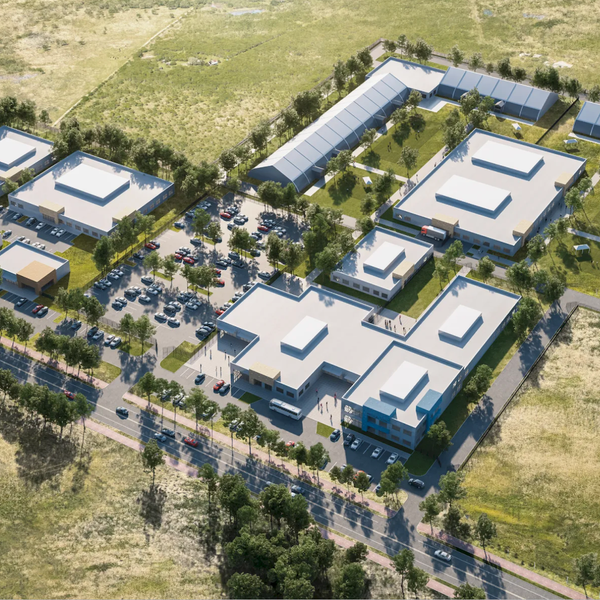Documents released by Wikileaks last week showing the use of a surveillance system TrapWire from a company started by ex-CIA agents underscores the ubiquity of surveillance systems in use in the post-9/11 state.
As Scott Shane explains in the New York Times, "TrapWire is discussed in dozens of e-mails from Stratfor Global Intelligence, a private security firm in Austin, Tex., that were posted online last week by WikiLeaks. The e-mails were part of a large cache captured late last year and early this year by hackers associated with the loose-knit international collective called Anonymous, which gave the e-mails to WikiLeaks."
Yet unlike the National Security Agency's (NSA's) "pernicious, persistent and permanent" database collected from domestic spying, details of "TrapWireTM: Pre-Attack Terrorist Detection System for Protecting Critical Infrastructure" have been publicly available since 2005, the ACLU points out (pdf). This software uses data gleaned from CCTV cameras, license plate readers and open source databases, which the company says it provides to its partners in private and public security and the military.
On its own website, the company describes its system: "TrapWire is a unique, predictive software system designed to detect patterns indicative of terrorist attacks or criminal operations. Utilizing a proprietary, rules-based engine, TrapWire detects, analyzes and alerts on suspicious events as they are collected over periods of time and across multiple locations. Through the systematic capture of these pre-attack indicators, terrorist or criminal surveillance and pre-attack planning operations can be identified -- and appropriate law enforcement counter measures employed ahead of the attack. As such, our clients are provided with the ability to prevent the terrorist or criminal event, rather than simply mitigate damage or loss of life. "
The ACLU's Privacy SOS blog notes that while some of the claims about TrapWire's surveillance abilities have been overstated in some media reports, there is cause for concern.
The Wikileaked Stratfor emails that revealed the existence of this shadowy surveillance network to the world contain at least 189 references to Trapwire. They reveal much more about what the program is used for than does the Trapwire public website.
Among the most disturbing emails in the Wikileaks GIF files is this one, written by a Stratfor analyst to the head of the firm. It gives us a troubling taste of how these private security companies view their role as intermediary between the government and the people:
Regarding SF landmarks of interest--they need something like Trapwire more for threats from activists than from terror threats. Both are useful, but the activists are ever present around here.

